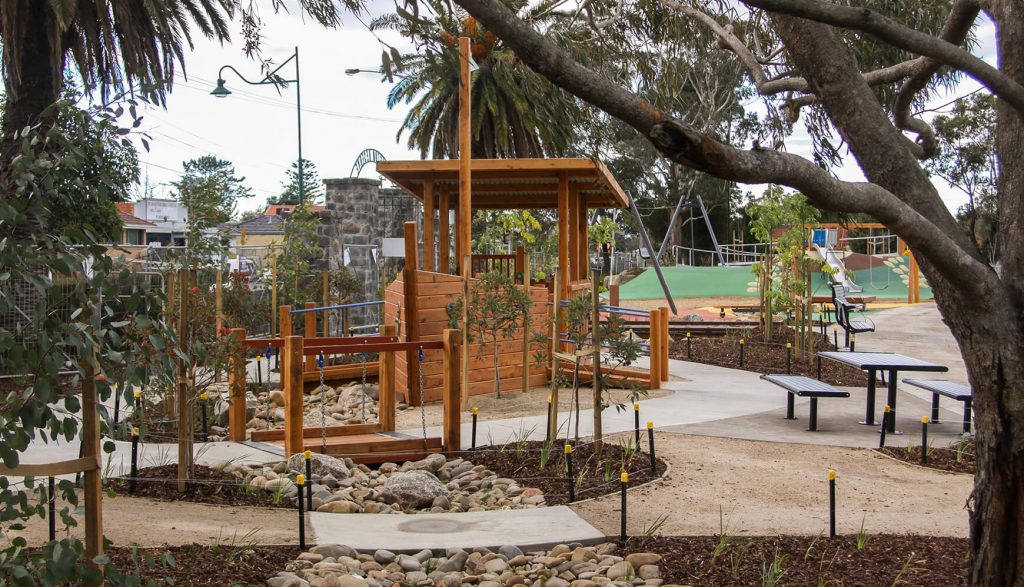Product added to your enquiry
What’s the Difference Between Inclusive and Accessible Play Areas?
Accessible and inclusive play areas
There’s a clear difference between accessible play areas and those that are inclusive. Read on to find out how inclusive play spaces help children of all abilities, provide equal opportunities for play, and nurture stronger communities.
Inclusive versus accessible playgrounds
An accessible playground is designed to ensure that users with disabilities or limited mobility can get to and around the playground. Because of the design, these playgrounds can sometimes have limited play value for children without restrictions.

In contrast, an inclusive play space offers play opportunities to children of all abilities. Providing more than accessibility, inclusive play spaces encourage and enable all children – able-bodied children, children with physical conditions or different sensory conditions – to engage with each other on the equipment, albeit in different ways. For example, an inclusive playground will use different routes to access the same piece of equipment. This works not only for children with restricted ability, but also for children at different ages and stages.
Why inclusive play spaces?
Inclusive play spaces mean that all children of whatever ability can join in an engaging play experience.
In allowing all children to play together alongside parents, carers, grandparents and others, inclusive playgrounds create greater community awareness and understanding of the needs and abilities of different people.
Allowing all children of all abilities to play together creates stronger communities.
adventure+
The joy of inclusive play spaces is the opportunity for community building as well as promoting independence in children. With community consultation, you can bring the community together, listen to their ideas, help them feel more engaged in the process and the end result, and allow the members to form long-lasting friendships.
Designing inclusive play spaces
In building inclusive play spaces, some of the key elements are:
- Inclusive play space layout.
A few of the layout factors that need to be considered are access to and around the play space, parental supervision, facilities for parents and carers, traffic flow and appropriate undersurfacing. - Sensory experiences.
Having a variety of materials (including timber, steel and rope) offers more interest, more scope for imaginative play and provides for children with sensory conditions. For example, a visually impaired child might appreciate the texture of timber or rope, or a variety of textures in the undersurfacing material used. - Play richness.
Having a wide range of play components is important to provide a rich play experience. In designs, we include a variety of elements that provide for spinning, sliding, rocking, swinging, climbing and balancing so children can challenge themselves whatever their level of ability.

How adventure+ helps
At adventure+, we design and manufacture equipment, so we can customise play equipment to suit not only children with disabilities but everyone.
In designing the space, our design team considers accessibility and the layout of the space to ensure both the children and the caregivers have easy access getting into, around and out of the playground.
All our equipment is designed to comply with AS 4685-2014 and other applicable playground standards.
Safety is our priority so we carefully consider activity height, fall zone requirements, entrapment openings and much more when creating a new playground.
The result? Our designs are always safe and easy to use without spoiling the fun!